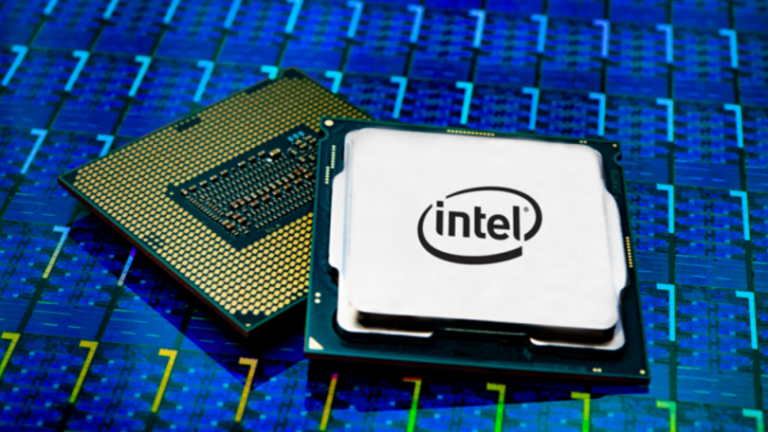
Intel, a once-dominant force in the semiconductor industry, is embarking on a significant downsizing as part of a broader cost-saving initiative aimed at stabilizing its financial outlook and revitalizing its market position. The company has announced plans to reduce its workforce by over 15%, translating to more than 15,000 job cuts out of its current 125,000 employees.
This reduction is part of a comprehensive $10 billion cost-saving plan set to be implemented by 2025. Intel CEO Pat Gelsinger shared the difficult news with employees, acknowledging the profound impact of the layoffs.
“This is painful news for me to share. I know it will be even more difficult for you to read,” he stated in a memo to the staff.
Register for Tekedia Mini-MBA edition 19 (Feb 9 – May 2, 2026): big discounts for early bird.
Tekedia AI in Business Masterclass opens registrations.
Join Tekedia Capital Syndicate and co-invest in great global startups.
Register for Tekedia AI Lab: From Technical Design to Deployment (next edition begins Jan 24 2026).
The company aims to streamline operations by cutting research and development (R&D) and marketing expenditures by billions each year through 2026, reducing capital expenditures by over 20% this year, and halting non-essential work. Additionally, Intel will conduct a thorough review of all active projects and equipment to ensure cost efficiency.
Financial Performance and Challenges
Intel reported a loss of $1.6 billion for Q2 2024, a significant increase from the $437 million loss in the previous quarter.
“Our Q2 financial performance was disappointing, even as we hit key product and process technology milestones,” Gelsinger admitted.
Despite the company achieving critical milestones, revenues have not grown as anticipated, and Intel has yet to fully capitalize on emerging trends such as artificial intelligence (AI).
The company’s second-quarter revenue stood at $12.8 billion, a slight 1% decrease year over year. While Intel has faced substantial losses in its Foundry business—$7 billion in operating losses in 2023 and another $2.8 billion this quarter—its PC and server businesses remain profitable. The company is also set to receive up to $8.5 billion in U.S. government funding from the CHIPS Act, providing some financial relief.
Investors have been critical of Intel’s financial performance, as the company has oscillated between losses and profits over the past two years, resulting in a cumulative gain of just $1.1 billion between Q2 2022 and Q1 2024. Intel has been the worst-performing tech stock in the S&P 500 this year, as noted by CNBC.
From a technological standpoint, Intel has struggled to establish a strong foothold in the AI server chip market, where competitors like Nvidia dominate. The company has also faced challenges in the graphics sector and had to significantly overhaul its flagship laptop chips to compete with energy-efficient ARM chips from Qualcomm and Apple.
Additionally, Microsoft recently opted for Qualcomm chips over Intel for its latest consumer hardware, further highlighting the competitive pressure Intel faces.
On the earnings call, Intel CFO David Zinsner emphasized that while the company’s next flagship AI laptop chip, Lunar Lake, shows promise, it alone will not be sufficient to reverse the company’s fortunes.
“The AI PC is a big winner for the company,” Zinsner stated but noted that Lunar Lake is a “narrow targeted product” relying on external wafers from TSMC. The subsequent product, Panther Lake, which will be internally sourced and have a much-improved cost structure, is expected to ramp up in the second half of 2025 with significant volume benefits by 2026.
Intel is now in the process of restructuring, suspending its dividend, and reducing overall spending while maintaining core investments to execute its strategic vision and build a resilient and sustainable semiconductor supply chain both in the U.S. and globally.
Detailed Breakdown of Intel’s Cost-Saving Measures
- Workforce Reduction: Over 15,000 job cuts, representing more than 15% of Intel’s current 125,000 employees.
- R&D and Marketing Expenditure Cuts: Billions of dollars in annual reductions through 2026.
- Capital Expenditure Reduction: More than 20% reduction this year.
- Operational Streamlining: Halting non-essential work and reviewing all active projects and equipment for cost efficiency.
- Restructuring and Dividend Suspension: Maintaining core investments while reducing overall spending.
The company plans to complete the majority of the announced layoffs by the end of 2024, with a companywide enhanced retirement offering and voluntary layoff applications available to eligible employees starting next week.
Meanwhile, Microsoft has listed OpenAI, a company with which it has a long-term strategic partnership, as a competitor in its annual report. This move has sparked discussions about the evolving dynamics between the two companies, with some users expressing surprise and others anticipating potential conflicts. The shift highlights the competitive landscape in the AI and search engine sectors, where Microsoft now views OpenAI as a rival alongside other major players like Google and Amazon.



